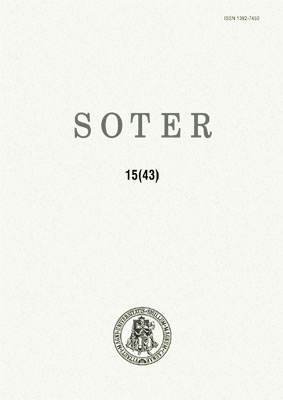Dies irae sekvencija: tekstas ir potekstės
Sequence Dies Irae: Text and Subtexts
Author(s): Audra VersekėnaitėSubject(s): Christian Theology and Religion
Published by: Vytauto Didžiojo Universitetas
Keywords: sekvencija; viduramžių monodija; requiem; Dies irae; sequence; medieval monody; requiem
Summary/Abstract: Šiame straipsnyje analizuojami Dies irae sekvencijos muzikiniai bei verbaliniai dėsningumai, užtikrinę konservatyvų ir savaip universalų grigališkosios monodijos funkcionavimo pobūdį nuo vėlyvųjų Viduramžių iki nūdienos. Kilusi kaip sekvencija, keturis šimtmečius funkcionavusi kaip ordinarinė Requiem dalis, pastaraisiais amžiais Dies irae sekvencija tampa viena populiariausių bei ženkliškiausių makabrinio turinio kompozicinių citatų pasaulietinėje muzikoje. Dies Irae is esteemed the most immaculate piece of the sequence genre and at the same time one of the best remembered pieces of poetry/music of the 13th century ascribable to Thomas of Celano (died in about 1255). Dies Irae is composed of 19 stanzas (all of the regular trochee tetrameter) grouped in twos. One can feel that when creating the vocal space of the sequence, the composer conjectured the Christian numerology and tried to integrate possible numerological implications into the compositional structure of text and music. The logic of the sequence organisation is based on the divine number 3 (the symbol of the Holy Trinity), which stands out not only in the poetic (each stanza has three lines) structure of the text of Dies Irae but also in the musical structure of the sequence where three phrases (a, b and c) are repeated thrice as different text.
Journal: SOTER: religijos mokslo žurnalas
- Issue Year: 43/2005
- Issue No: 15
- Page Range: 295-306
- Page Count: 12
- Language: Lithuanian

